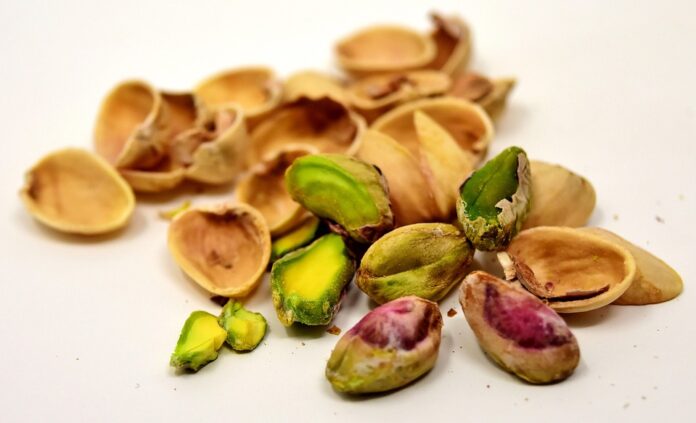Introduction
Climate change poses a significant threat to agriculture worldwide, including the pistachio farming industry. As temperatures rise, weather patterns become more erratic, and water resources become scarcer, pistachio farmers are facing new challenges that require innovative adaptation strategies to ensure the sustainability of their operations. In this report, we will explore the impact of climate change on pistachio farming, the challenges faced by farmers, and the adaptation strategies being implemented to mitigate these challenges.
Impact of Climate Change on Pistachios Farming
Rising Temperatures
One of the primary impacts of climate change on pistachio farming is rising temperatures. Pistachio trees require a certain number of chill hours during the winter to break dormancy and set fruit. With warming temperatures, the number of chill hours needed is not being met, leading to reduced yields and poor-quality nuts.
Erratic Weather Patterns
Climate change is also causing more frequent and severe weather events, such as droughts, heatwaves, and storms, which can damage pistachio orchards and disrupt the growing season. These extreme weather events can lead to crop failures, increased pest and disease pressure, and higher production costs for farmers.
Water Scarcity
Water scarcity is a significant concern for pistachio farmers, especially in regions where water resources are already limited. Climate change is exacerbating this issue by altering precipitation patterns and increasing evaporation rates, leading to reduced water availability for irrigation. Farmers are forced to adapt by implementing more efficient irrigation systems and water conservation practices.
Challenges Faced by Pistachios Farmers
Yield Reduction
The impacts of climate change, such as rising temperatures and water scarcity, are leading to yield reductions for pistachio farmers. Lower yields result in decreased revenue and profitability for farmers, putting their livelihoods at risk.
Pest and Disease Pressure
Climate change is also contributing to increased pest and disease pressure in pistachio orchards. Warmer temperatures create more favorable conditions for pests and pathogens to thrive, leading to higher incidences of infestations and diseases. Farmers must invest more resources in pest management practices to protect their crops.
Market Volatility
The uncertainty caused by climate change and its impact on pistachio production can lead to market volatility. Fluctuations in supply and demand, changes in quality and quantity of nuts, and shifting consumer preferences all influence the market dynamics for pistachios, making it challenging for farmers to plan and forecast their sales.
Adaptation Strategies for Pistachios Farmers
Research and Innovation
Pistachio farmers are investing in research and innovation to develop new varieties of pistachio trees that are more resilient to climate change impacts. These new varieties may require fewer chill hours, have improved drought tolerance, or be more resistant to pests and diseases, helping farmers adapt to changing conditions.
Water Management
Effective water management is crucial for pistachio farmers to adapt to water scarcity. Farmers are implementing drip irrigation systems, soil moisture sensors, and other water-saving technologies to optimize water use in their orchards. Water recycling and conservation practices are also being adopted to reduce water waste and improve efficiency.
Diversification
Diversification of crops and income sources can help pistachio farmers mitigate the risks associated with climate change. By growing multiple crops or integrating livestock into their operations, farmers can spread their risk and buffer against potential losses from pistachio production.
Conclusion
Climate change poses significant challenges for pistachio farmers, impacting their yields, profitability, and overall sustainability. By implementing adaptation strategies such as research and innovation, water management, and diversification, farmers can better cope with the effects of climate change and ensure the long-term viability of their operations. Collaboration among stakeholders, investment in technology, and policy support are essential for the pistachio farming industry to thrive in a changing climate.

